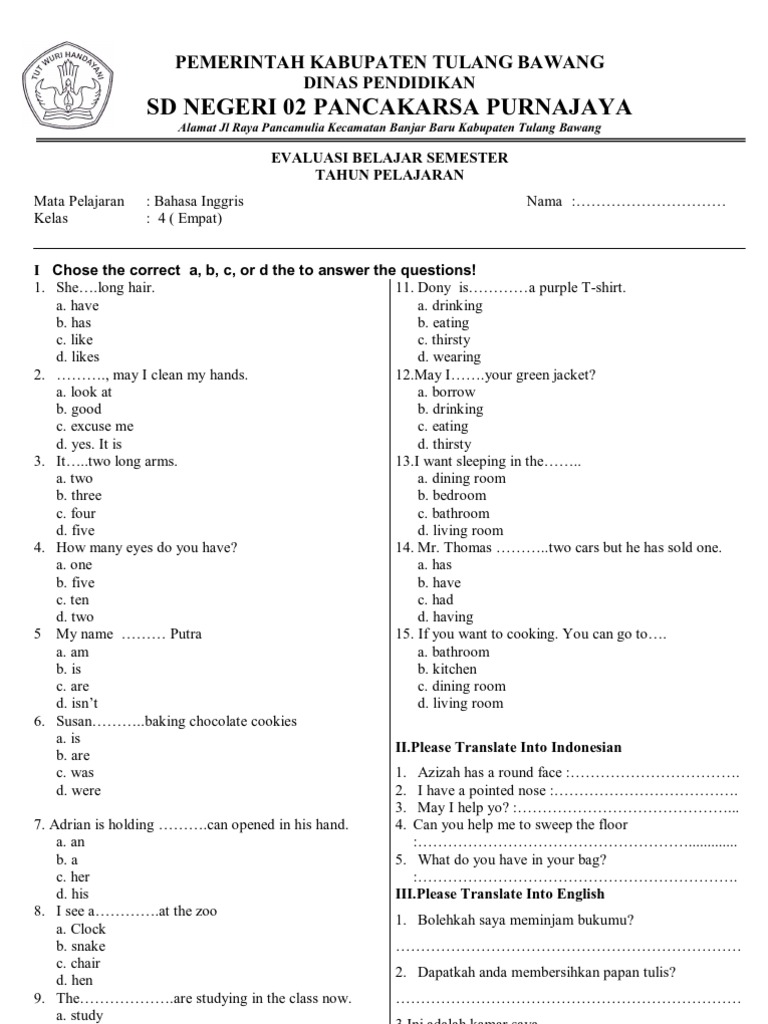Contoh Soal Bahasa Inggris Lintas Minat Kelas 11 Semester 1
Pendahuluan
Bahasa Inggris sebagai bahasa internasional memegang peranan penting dalam berbagai aspek kehidupan. Kurikulum lintas minat di kelas 11 bertujuan untuk memberikan pemahaman yang lebih luas dan mendalam mengenai bahasa Inggris, tidak hanya dari segi linguistik, tetapi juga aplikasinya dalam berbagai konteks. Artikel ini akan menyajikan contoh-contoh soal bahasa Inggris lintas minat kelas 11 semester 1, yang mencakup berbagai aspek seperti reading comprehension, grammar, vocabulary, writing, dan listening comprehension. Setiap contoh soal akan disertai dengan penjelasan singkat mengenai konsep yang diuji dan strategi untuk menjawabnya. Tujuan dari artikel ini adalah untuk membantu siswa mempersiapkan diri menghadapi ujian dan meningkatkan kemampuan berbahasa Inggris secara komprehensif.
Outline Artikel








Leave a Reply